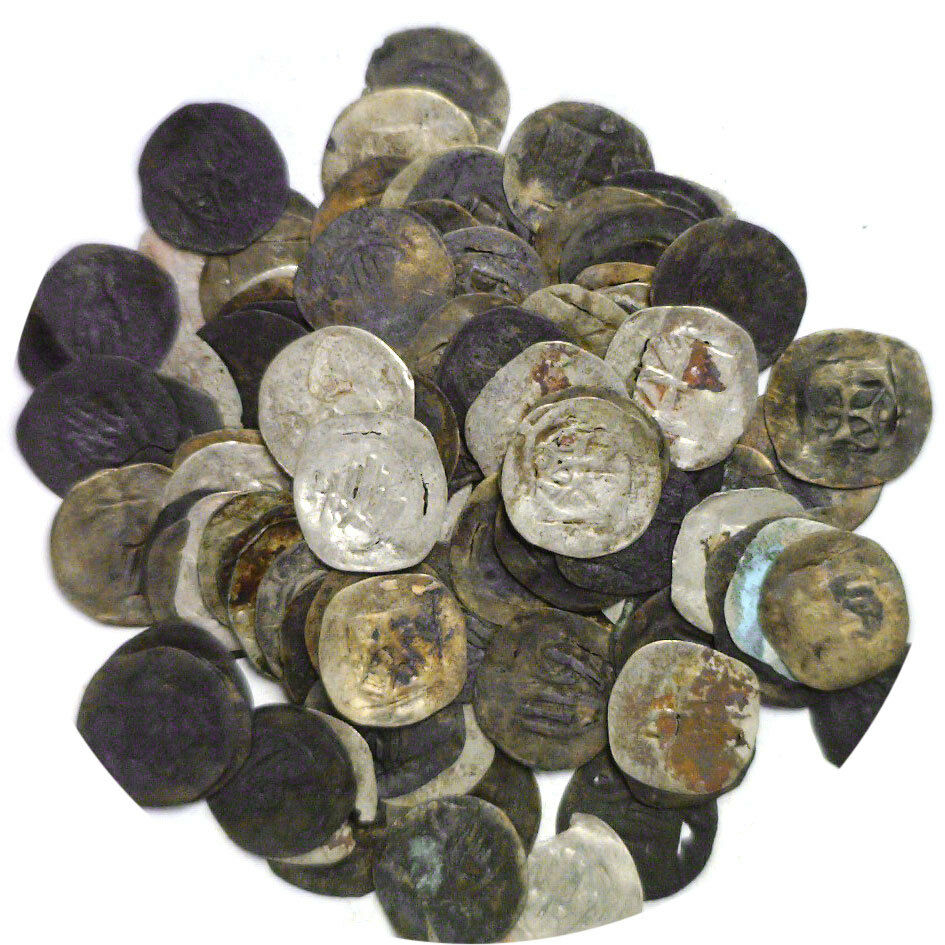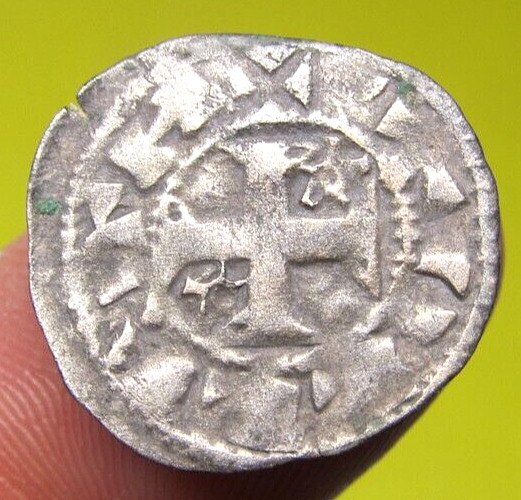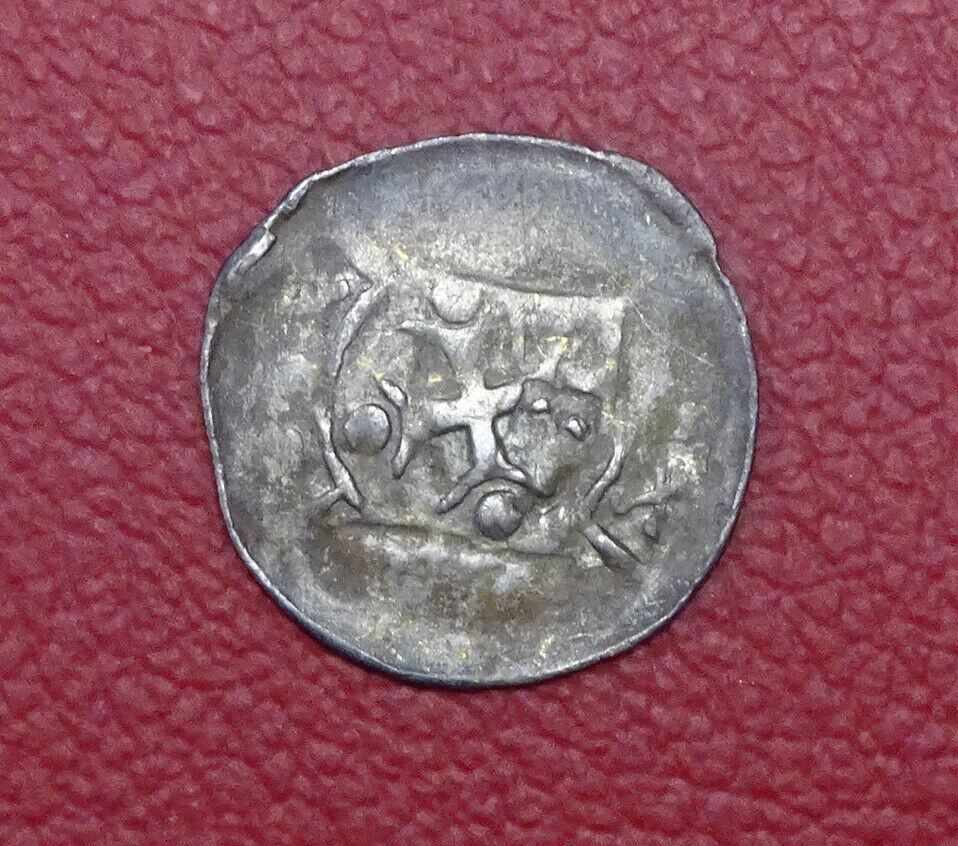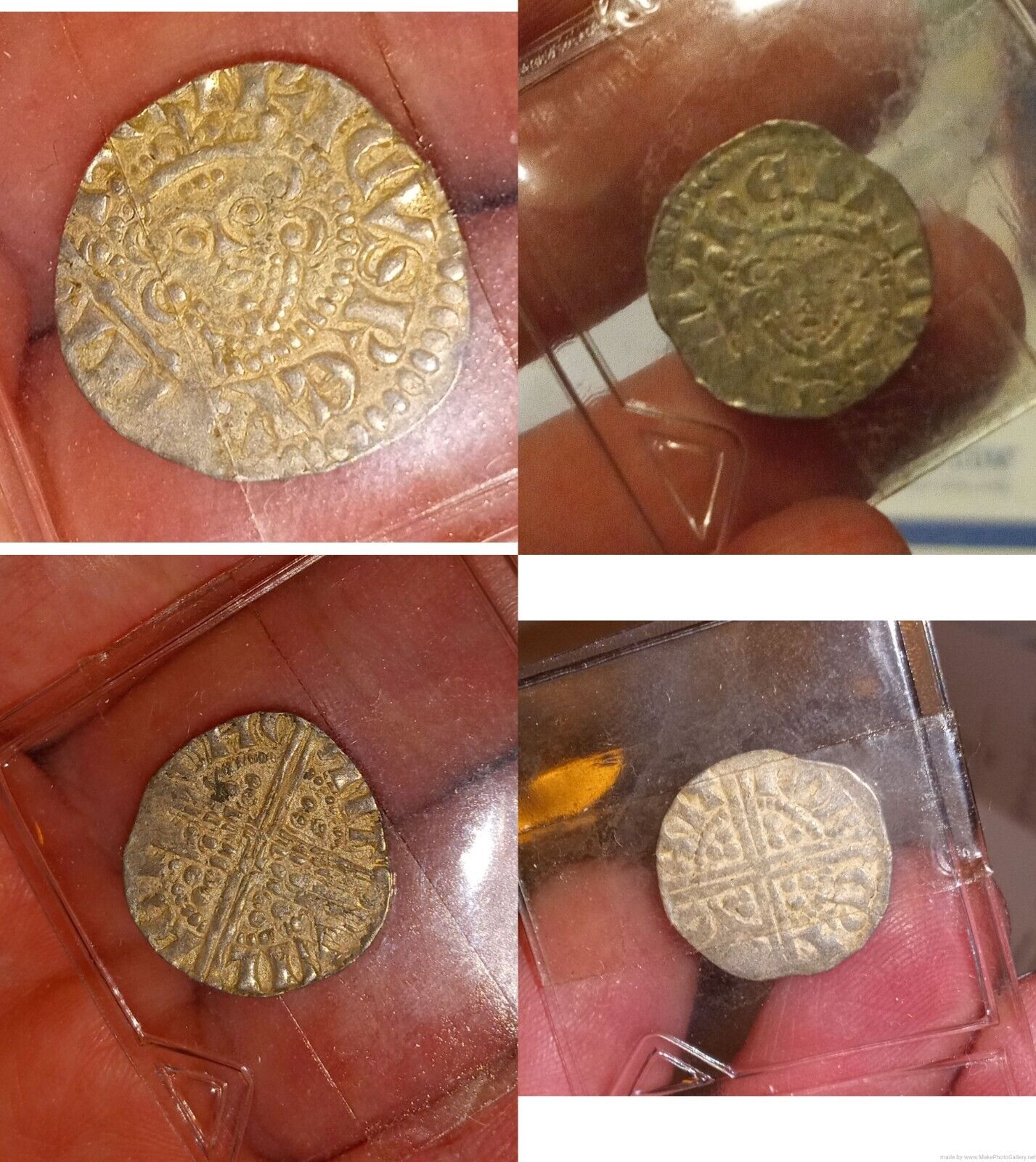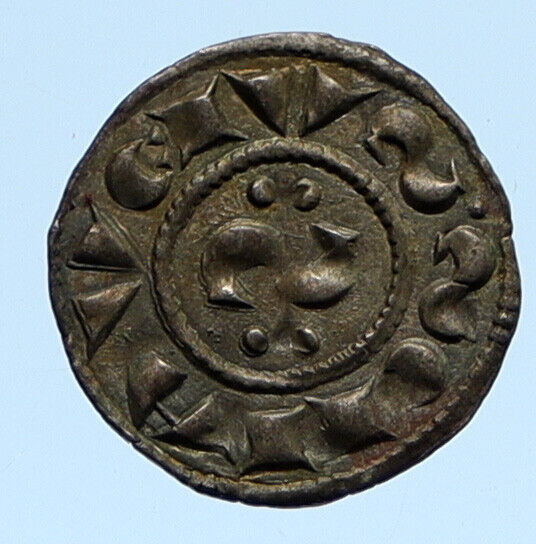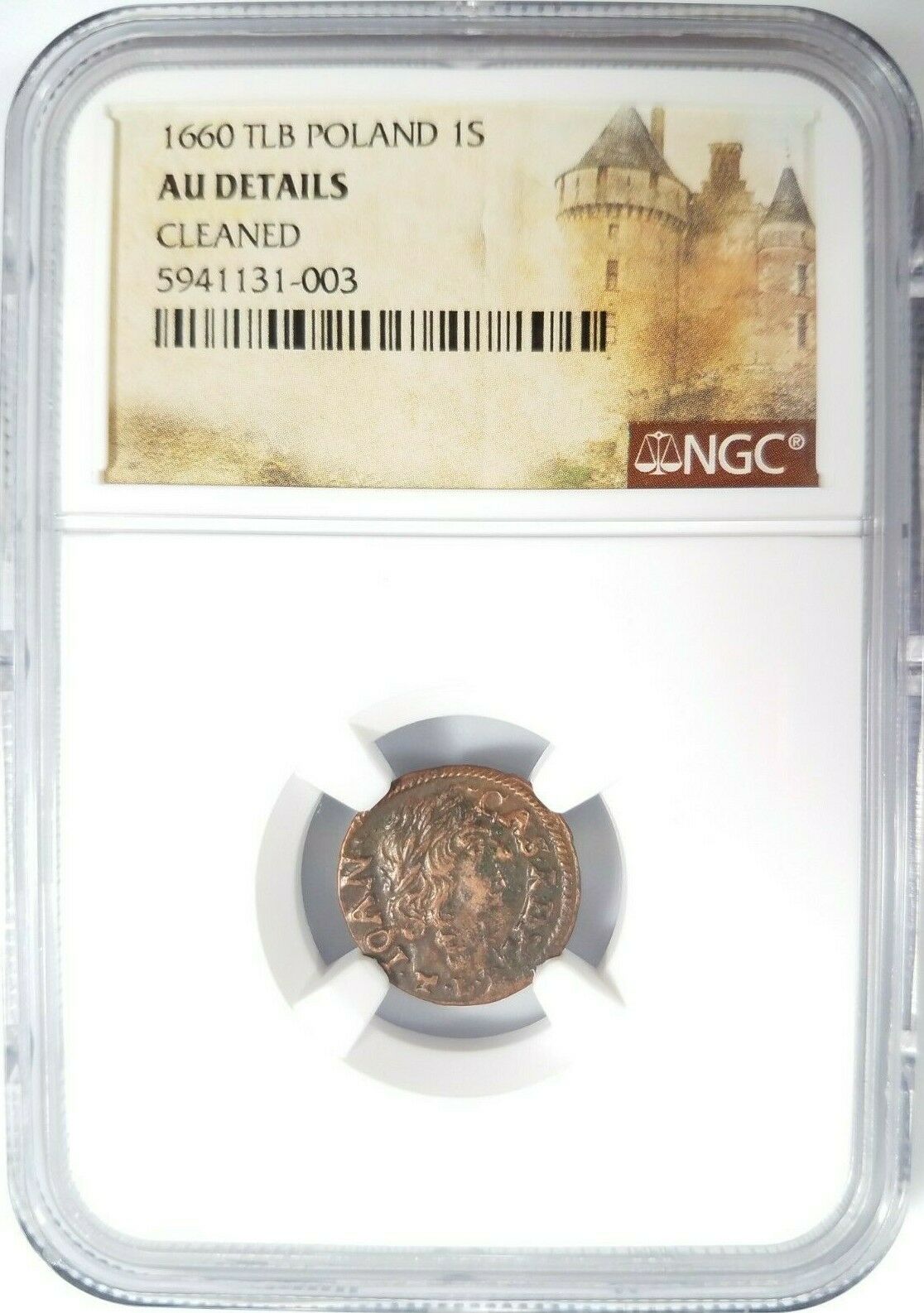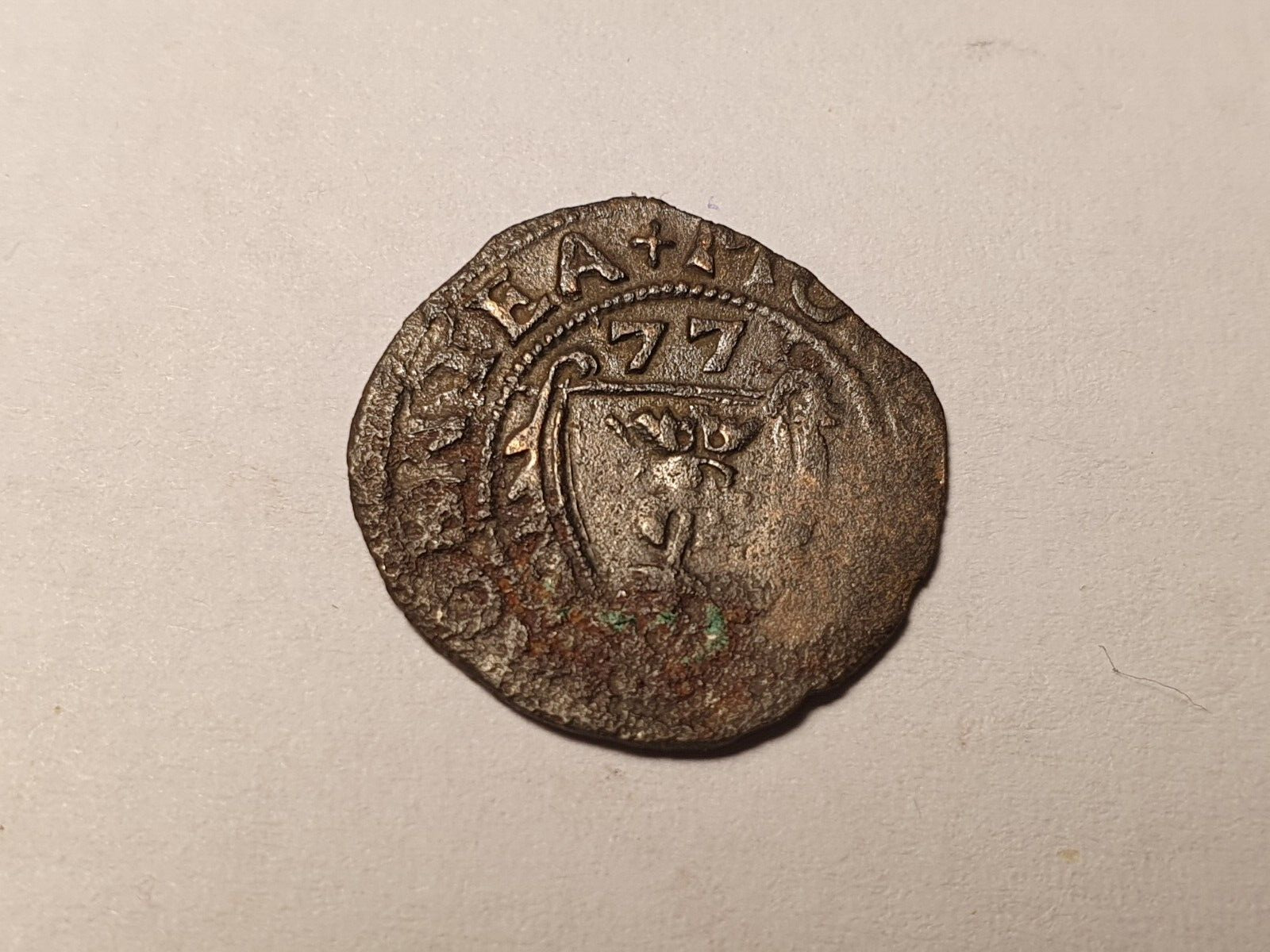-40%
Seljuq of Rum Three Brothers Anatolia NGC MS 61 Silver Dirham Enemy of Crusaders
$ 77.18
- Description
- Size Guide
Description
Seljuq of Rum Three Brothers Anatolia NGC MS 61The holder is in excellent condition.
Buy this now with confidence!
Story of the Seljuks of Rum
Quoted from the David Collection
"After the Battle of K√∂se Dagh during the reign of the Great Mongol ruler √Ėgedei, the Rum Saljuq state was thrown into confusion because, although Kaykhusraw II remained on the throne, his authority virtually vanished amidst the disgrace of his defeat.
Two of his sons, ‚ÄėIzz al-Din Kayka‚Äôus II and Rukn al-Din Qilij Arslan IV, claimed their inheritance, but this did not please the Great Khan G√ľy√ľk (644-647 H/1246-1249 AD), who chose to restore order in Anatolia by making all three sons of Kaykhusraw II joint rulers.
This unconventional solution to the succession struggle lasted for eight years, first during the reign of the Great Khan Möngke (649-658/1251-1260), and then in the first two years of the Ilkhan Hulagu (654-663/1256-1265).
During this time the Rum Saljuqs were cowed into submission. They were neither important enough for the Mongols to bother to rule them directly, nor were they allowed to go their own way in case they created disorder on the western edge of the Mongol dominions. How different this was from the dynasty’s glory days as a regional power, particularly in the time of the three rulers’ grandfather Kayqubad I.
The rule of the three brothers was marked by plotting and intrigue among mercenaries who constantly transferred their allegiance from one brother to another. This was made worse when the Byzantine Emperor Michael VIII Paleologus sought refuge in Konya with Kayka’us, who appointed him commander of his Christian mercenaries. This led to doubts about Kayka’us’s Islamic faith, particularly as his mother was a Christian. Qilij Arslan took advantage of this situation and had his brother cast into prison.
This silver dirham describes the three brothers as ‚ÄúThe Supreme Sultans‚ÄĚ on the reverse, with the name of the Abbasid caliph al-Musta‚Äėsim, but, surprisingly enough, no mention is made of their Mongol masters.
When the Mongol leader Batu, grandson of Genghiz Khan and first ruler of the Golden Horde, expressed his displeasure at this arbitrary act, Kayka‚Äôus was released and the youngest of the three brother, ‚ÄėAla al-Din Kayqubad II, was dispatched to placate the angry khan. The young man is believed to have died on his way home, as nothing is heard of him after 655 (1247)."












